

Designation:MLSAMS Armored Mobile Surface-to-Air Missile Launcher System |

| 
|

|
||
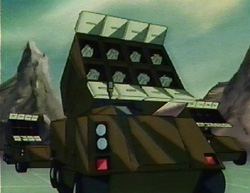
|
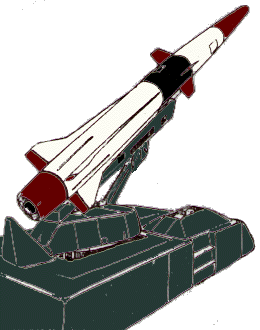
|
||||



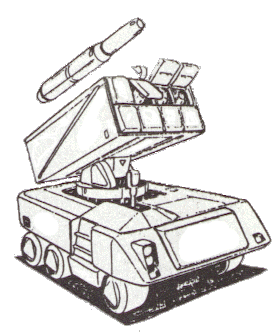
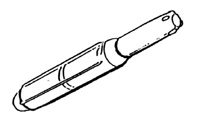
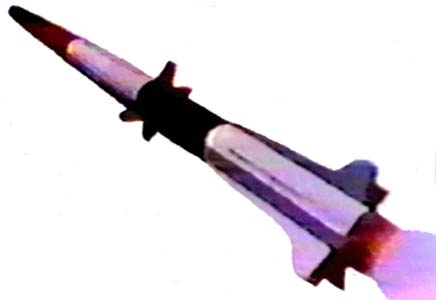
The armor of the MLSAMS is composed of a metal composite for maximal resistance to penetration and thermic explosive damage. The armor stops all small arms fire, provides fair protection against heavier infantry weapons, such as a 12.7mm machinegun round, and poor resistance to light mecha-mounted weaponry, such as the Zentraedi 22.3mm HE autocannon round. Armor is slightly weaker than the standard high speed aircraft skin.
The MLSAMS provides full protection from nuclear, biological, and chemical hazards, using an overpressure crew compartment environment activated by radiation and hazardous chemical sensors, or manually when biological warfare conditions are anticipated. The internal consumables supplies can provide atmosphere for one week maximum.
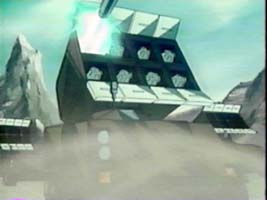
The design of the MLSAMS predates the crash of the ASS-1 Macross. This vehicle's strength was its flexibility of payload. It could be equipped for ground artillery by loading a payload of rockets in the launchers, or it could be used for air defense with surface-to-air missiles, or it could be used for intercontinental or orbital bombardment with the erectable launcher. After the introduction of the destroid series of robots, this vehicle was relegated to secondary role for battlefield rocket artillery and surface-to-air missile defense. These vehicles were popular with the early Army of the Southern Cross due to their low cost and ease of maintenance. The Army of the Southern Cross's rapid rise to power was helped by this vehicle as it helped them suppress enemy troops on the battlefield before they even engaged during the minor conflicts that surrounded their ascendance.
This mobile rocket artillery piece is capable of launching an array of rockets/missiles that can be a rude surprise for a flotilla of mecha, especially when a number of MLSAMSs are coordinated in the attack as is usually the case. This provided the Southern Cross with sufficient offensive capabilities without relying upon the high-tech advances of robotechnology.

The Bloodhound variant is capable of local fire control, but most often is remotely controlled by an M-9 Inca ACC or remote fire control base. Generally, the MLSAM-1 is deployed in fire batteries of five launchers supported by a platoon of soldiers.
Unfortunately, the Bioroid Skysleds were far more maneuverable than these missile platforms and their ion cannons could easily penetrate the armor of the MLSAMS. As such, not many of these vehicles survived the Second Robotech War.
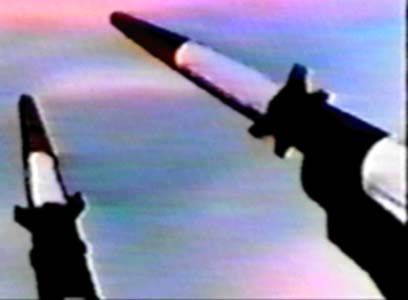
The Southern Cross command experimented with an unmanned AI variant of the MLSAMS that was centrally controlled by an M-9 Inca ACC. This provided the command staff with significant combat resources without sacrificing troops in the moderately protected mobile launcher.
The REF Army used a number of these vehicles to supplement their destroids in lower priority areas. Most of these vehicles saw little combat and were retired due to the cost of maintaining the logistics supply line.
Return to RDF Vehicles Index
Go to Robotech Reference Guide Home Page.
Robotech (R) is the property of Harmony Gold. This document is in no way intended to infringe upon their rights.
Design and HTML by Robert MorgensternCopyright © 1998, 1997 Robert Morgenstern, Peter Walker, Pieter Thomassen
Last Updated: Wednesday, June 10, 1998 11:40 AM